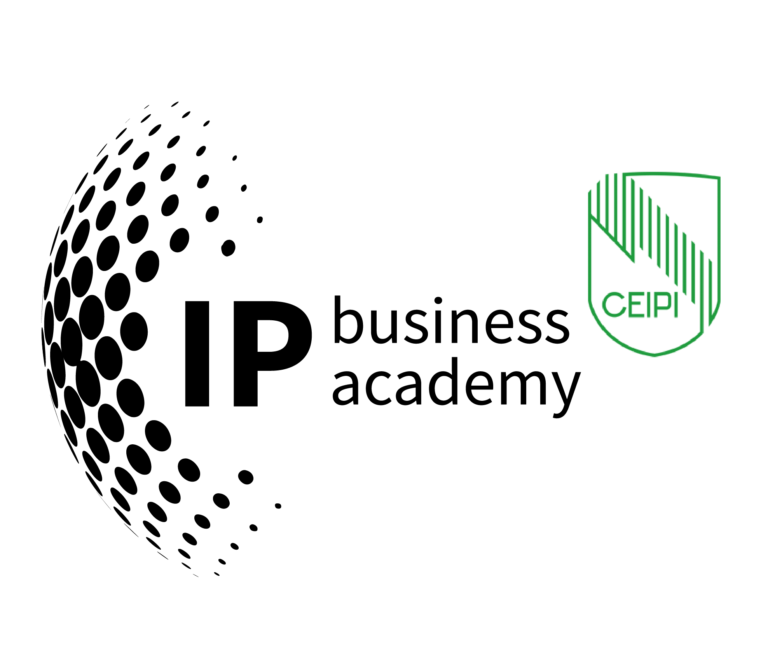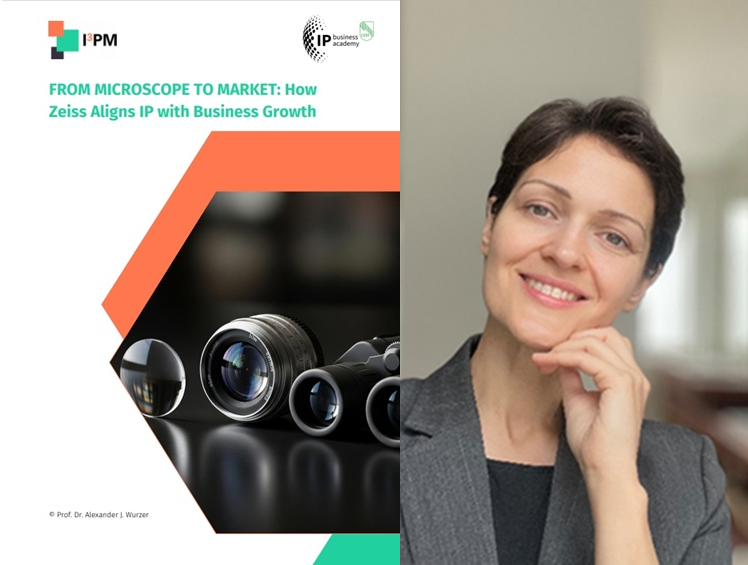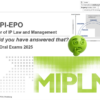From Lenses to Leverage
How often do you bump into a 179 year old company that still behaves like a start‑up when it comes to its IP? ZEISS does just that. Quietly shielded by the Carl‑Zeiss‑Stiftung, the optics legend has turned its ownership model into a licence to think long‑term, no quarterly‑results anxiety, no “file‑everything‑that-moves” patent panic. Instead, it orchestrates IP the way a maestro conducts an orchestra: each section plays its own line, yet the symphony is unmistakably one piece.
Below are five questions to whet your curiosity before you dive into the full case study. Consider them a trailer, not the movie.
1. What happens when IP shifts from a compliance checkbox to a strategic growth engine?
At ZEISS, IP informs every strategic decision. Each R&D roadmap is structured around freedom‑to‑operate (FTO) checkpoints, so teams reach market launch without unexpected barriers. The payoff: faster releases and materially lower litigation risk.
2. Why does selective filing beat patent gluttony?
Core inventions — those destined for tomorrow’s revenue — get the full geographical red‑carpet treatment. Defensive patents? Narrower, cheaper, and purely tactical. And if secrecy does the job better, ZEISS isn’t afraid to keep the curtains closed. That discipline explains how a company this big keeps its portfolio lean, mean, and litigiously relevant.
3. How do you teach 43,000 people to think like IP strategists without drowning them in slide decks?
Enter the patent coordinators: allies strategically embedded throughout the company who translate legal nuance into engineer‑speak, reward inventors under Germany’s employee‑invention laws, and turn quarterly IP roundtables into learning labs rather than yawn‑inducing compliance rituals. Culture beats checklists every time. You might have heard it. ZEISS proves it.
4. Can a hardware titan pivot to software without losing its IP footing?
When imaging algorithms trump glass in value, the patent playbook alone won’t cut it. ZEISS layers trade secret regimes, open‑source hygiene, and even post‑quantum encryption prep into its protection mix. Think of it as intellectual “cross‑training” for a digital marathon.
5. What’s the one metric most companies forget to track?
Hint: it’s not patent count. ZEISS obsessively monitors “strategic coherence”: the fit between each filing and the business unit’s growth thesis. That single discipline stops portfolios from turning into expensive museums of technological nostalgia.
So what are the key takeaways from the case? To sum them up, without spoiling the plot:
- Freedom‑to‑operate is a process, not a PowerPoint slide. Continuous FTO reviews are baked into every development sprint.
- Hybrid protection is the new black. Patents, trade secrets, copyright, and contract architecture work together, not in silos.
- IP literacy drives velocity. When engineers grasp IP impact, decision cycles shrink and filing quality soars.
- Fewer, sharper patents trump bloated portfolios. Relevance beats volume in courtrooms, boardrooms, and investors’ rooms alike.
 What’s IP the Zeiss way? To learn about that, read the full case. Because “best practice” lists are a dime a dozen, while real‑world operating systems are rare. The ZEISS story lays bare the mechanics, successes, blind spots, and all, behind integrating IP into a decentralised, innovation‑rich giant. If you advise, manage, or simply obsess over intangible assets, this case will recalibrate your compass.
What’s IP the Zeiss way? To learn about that, read the full case. Because “best practice” lists are a dime a dozen, while real‑world operating systems are rare. The ZEISS story lays bare the mechanics, successes, blind spots, and all, behind integrating IP into a decentralised, innovation‑rich giant. If you advise, manage, or simply obsess over intangible assets, this case will recalibrate your compass.
So brew a strong coffee, click through, and see how a company that started with a microscope lens in 1846 is still laser‑focused on the future. The full write‑up awaits you following the link below.



